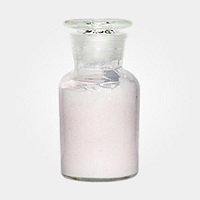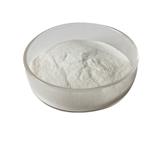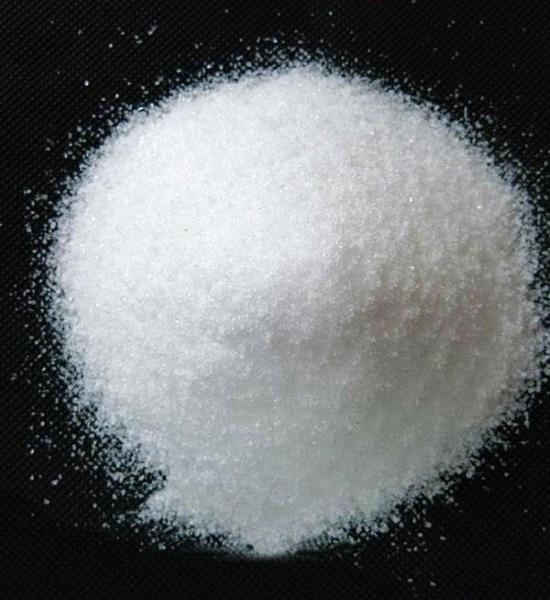The reactions of N,N'-Dicyclohexylcarbodiimide
N,N'-Dicyclohexylcarbodiimide (DCC)is an organic compound with the chemical formula (C6H11N)2C. It is a waxy white solid with a sweet odor. Its primary use is to couple amino acids during artificial peptide synthesis. The low melting point of this material allows it to be melted for easy handling. It is highly soluble in dichloromethane, tetrahydrofuran, acetonitrile and dimethylformamide, but insoluble in water.

Structure
The C-N=C=N-C core of carbodiimides (N=C=N) is linear, being related to the structure of allene. The molecule has idealized C2 symmetry.
The N=C=N moiety gives characteristic IR spectroscopic signature at 2117 cm−1.The 15N NMR spectrum shows a characteristic shift of 275 ppm upfield of nitric acid and the 13C NMR spectrum features a peak at about 139 ppm downfield from TMS.
Reactions
Amide-, peptide-, and ester formation
N,N'-Dicyclohexylcarbodiimide is a dehydrating agent for the preparation of amides, ketones, nitriles.In these reactions, DCC hydrates to form dicyclohexylurea (DCU), a compound that is nearly insoluble in most organic solvents and insoluble in water. The majority of the DCU is thus readily removed by filtration, although the last traces can be difficult to eliminate from non-polar products. DCC can also be used to invert secondary alcohols. In the Steglich esterification, alcohols, including even some tertiary alcohols, can be esterified using a carboxylic acid in the presence of DCC and a catalytic amount of DMAP.
In protein synthesis (such as Fmoc solid-state synthesizers), the N-terminus is often used as the attachment site on which the amino acid monomers are added. To enhance the electrophilicity of carboxylate group, the negatively charged oxygen must first be "activated" into a better leaving group. DCC is used for this purpose. The negatively charged oxygen will act as a nucleophile, attacking the central carbon in DCC. DCC is temporarily attached to the former carboxylate group forming a highly electrophilic intermediate, making nucleophilic attack by the terminal amino group on the growing peptide more efficient.
Moffatt oxidation
In combination with dimethyl sulfoxide (DMSO), N,N'-Dicyclohexylcarbodiimide effects the so-called Pfitzner-Moffatt oxidation.This procedure is used for the oxidation of alcohols to aldehydes and ketones. Unlike metal-mediated oxidations, such as the Jones oxidation, the reaction conditions are sufficiently mild to avoid over-oxidation of aldehydes to carboxylic acids. Generally, three equivalents of DCC and 0.5 equivalent of proton source in DMSO are allowed to react overnight at room temperature. The reaction is quenched with acid.
You may like
Related articles And Qustion
See also
Lastest Price from Dicyclohexylcarbodiimide manufacturers

US $1.00/KG2025-12-14
- CAS:
- 538-75-0
- Min. Order:
- 1KG
- Purity:
- 99.9%
- Supply Ability:
- 500KG

US $10.00/kg2025-11-12
- CAS:
- 538-75-0
- Min. Order:
- 1kg
- Purity:
- 99%
- Supply Ability:
- 200tons




